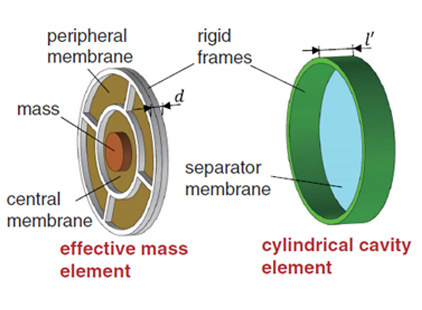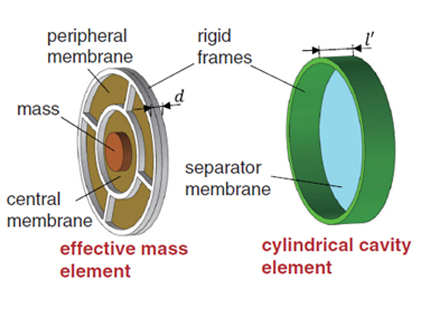Acoustic Metasurface Enhances Underwater Sound Transmitted to Air

A newly developed ultrathin acoustic metasurface can greatly enhance the levels of underwater sound transmitted to air, allowing new forms of underwater sonic sensing and communication to be developed.
Have you ever stood on the bank of a river and wondered why you cannot hear fish or plants moving beneath the surface? After all, sound travels well in water. The explanation for this silence is that only a tiny fraction of sound (0.1%) traveling in water can cross the barrier between water and air. In a study recently published in the scientific journal Physical Review Letters, scientists at Yonsei University in Korea, including Professor Sam H. Lee, and at Hokkaido University in Japan, introduced an ultrathin acoustic metasurface that can enhance underwater sound levels in air, allowing about 30% of the sound to cross the barrier between water and air.
According to lead author Professor Lee “this work should open up entirely new avenues of acoustic communication to or from immersed sources.”
The ultrathin acoustic metasurface designed by these researchers is made of meta-atoms, i.e., building blocks, organized in an array. Each individual meta-atom contains a set of membranes and an air-filled cavity. There is one membrane at the center, with a mass, and four other membranes around the periphery, as shown in the figure. The membranes themselves are made of stretched latex rubber and are attached to a rigid frame of aluminum alloy. A ring-type cylindrical cavity element with a rigid frame is attached, which has a polyethylene separator membrane to prevent water from entering the cavity.


This simple design has many potential uses. As the acoustic metasurface enhances sound levels passing from water to air, sensitive air-based sound detectors could be used to detect underwater sounds. Indeed, Prof. Lee says that “high signal-to-noise detection of underwater sound is important in marine biology, sonar, underwater communication, and positioning systems.” On the other hand, good transmission of sound from air to water through the acoustic metasurface would allow high-efficiency in-air loudspeakers to be used to send audio-frequency acoustic waves underwater.
In conclusion, the ultrathin acoustic metasurface is expected to introduce new technology for underwater communication and detection. This technology has the potential to revolutionize many fields of science and engineering.
Recommended Articles
Professor Byeong-Su Kim
New study demonstrates that “deformable” electronics are not a stretch
Professor Yeonjin Yi